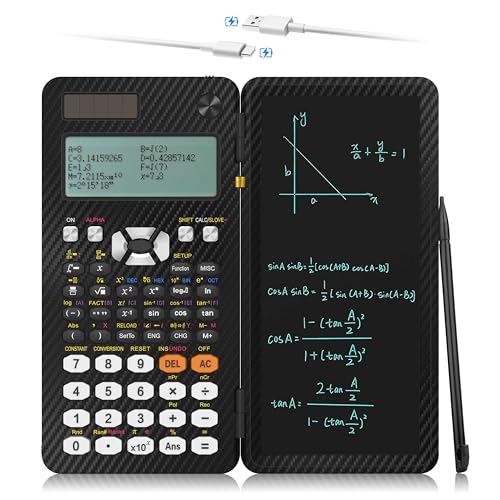Audi Driver P.E.
Well-known member
- Joined
- Sep 21, 2015
- Messages
- 4,851
- Reaction score
- 1,675
Ok, I'm truly stumped this time.
The problem is a steam turbine, which is not (to me) difficult to figure out how to work. But I can't get my h3 value to agree with the answer, which makes me question if my methodology is correct.
Based on the S3 value, the problem gives a quality of 1, which suggests you look up h at 50psi and choose hsubg from the table, correct? The value I get in three different tables is 1774.1, 1774.4, and 1774.1 (i.e two tables agree). This is seemingly quite different than their value of 1182.6. Which makes me question if I am doing something wrong? Their look up values for H1 and S2 were only slightly different than mine (which are 1529.1 and 1.66839, the latter being interpolated). Which only further makes me question my value of h3.
Thanks in advance for any help.


The problem is a steam turbine, which is not (to me) difficult to figure out how to work. But I can't get my h3 value to agree with the answer, which makes me question if my methodology is correct.
Based on the S3 value, the problem gives a quality of 1, which suggests you look up h at 50psi and choose hsubg from the table, correct? The value I get in three different tables is 1774.1, 1774.4, and 1774.1 (i.e two tables agree). This is seemingly quite different than their value of 1182.6. Which makes me question if I am doing something wrong? Their look up values for H1 and S2 were only slightly different than mine (which are 1529.1 and 1.66839, the latter being interpolated). Which only further makes me question my value of h3.
Thanks in advance for any help.























